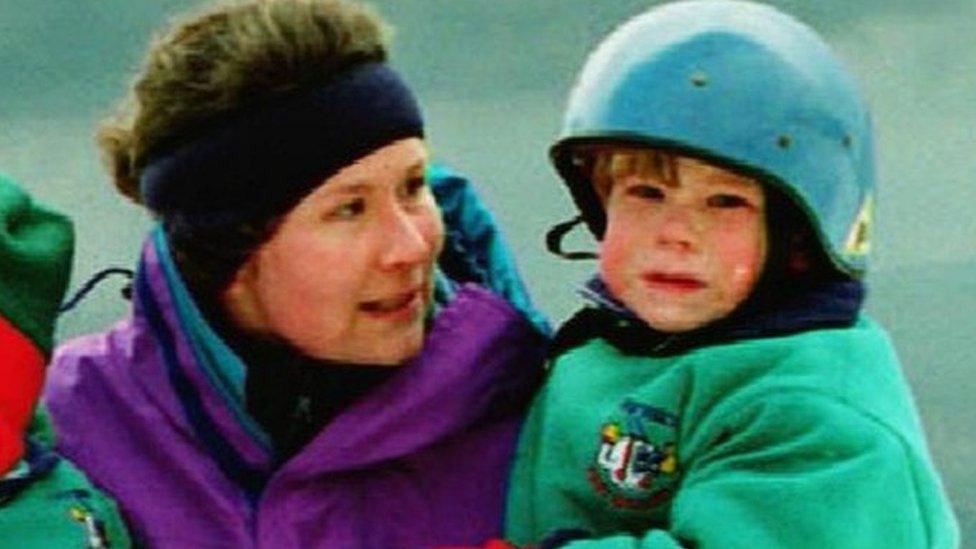Everest body-count 'horrendous', says Di Gilbert
- Published

Di Gilbert back at top camp after reaching the summit of Everest in May
After Di Gilbert became the first British woman to lead an expedition to the top of Mount Everest 14 years ago she vowed she would never go back - but earlier this year she did.
Di, originally from Alford in Aberdeenshire, is one of a very small group of women who have successfully led more than one expedition to the 8,848 m (29,029 ft) summit of the world's highest mountain.
At the end of May, Di successfully completed her second expedition, but she said the sight of so many who had died near the summit was "horrendous".
By the light of her head torch, Di counted 11 bodies on the day she reached the summit before she stopped counting.
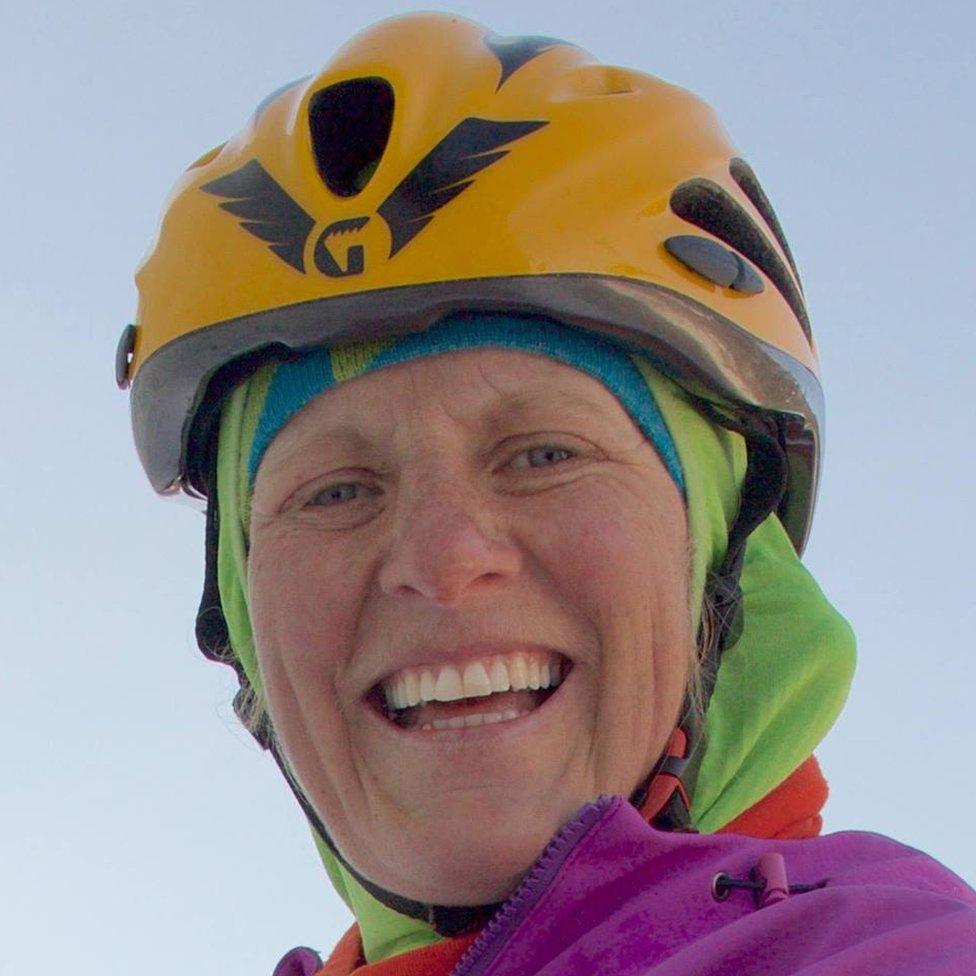
Di is one of a very small group of women to have successfully led more than one expedition

Her team had to manoeuvre past one climber whose body was hanging on the famous "second step" both as they went up and back down the mountain.
"I don't climb mountains to see bodies," she told BBC Scotland's Mornings with Kaye Adams programme. "I think it is a side of climbing mountains that people don't really appreciate."
Di, who is based in Grantown-on-Spey in the Highlands, reached the peak from the Tibetan/Chinese side as a photograph emerged showing dozens of climbers queuing on the busier Nepal side of the mountain.
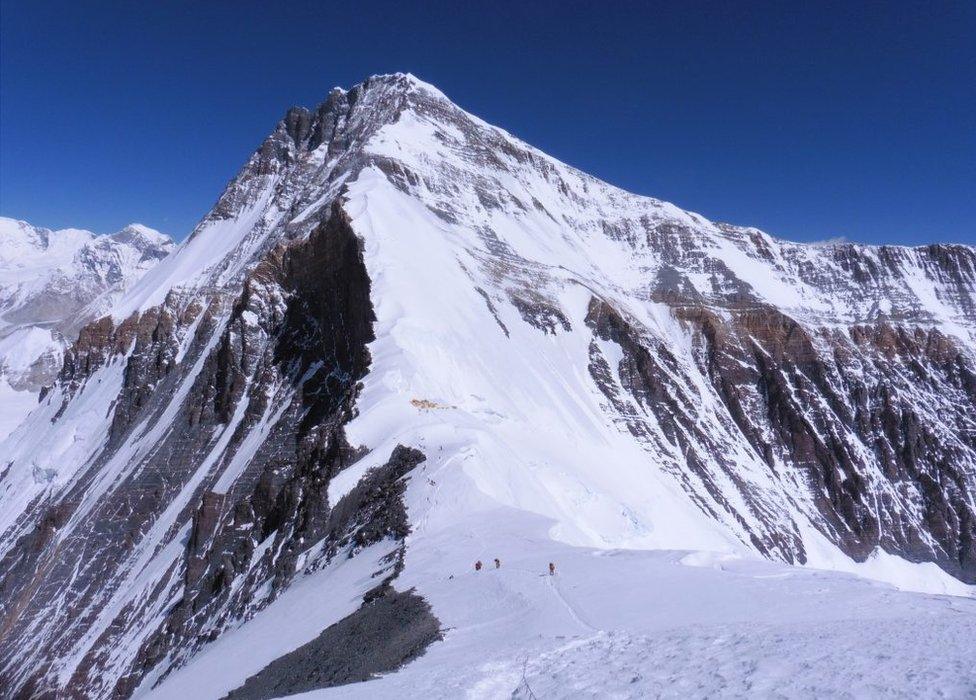
Di's expedition tackled Everest from the north side

She says the "traffic jams" at the top are caused by a very short weather window and a large increase in the number of expeditions, especially from the Nepal side.
At that altitude, known as the "death zone", any delay can be fatal because low levels of oxygen can lead to weakness and exhaustion.
Di told the programme her summit day could not have gone better, but when her team came away it felt "as if we had come off a war zone because they were all traumatised", she says.
It took days for them to start speaking about it because they had to take time to process what they had seen, she said.
Di led her team from the Tibetan/Chinese side, which is travelled by far fewer people because permits are restricted.
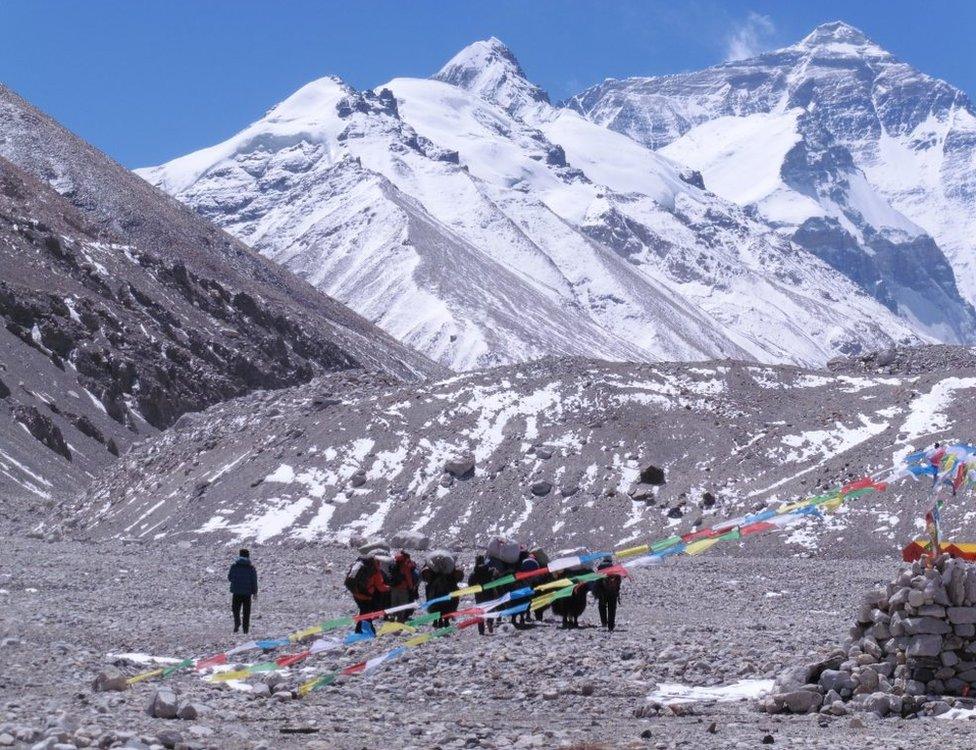
Di and her team in the lower elevations of Everest
She says there had been 11 reported fatalities on Everest this year and that nine were on the Nepal side, with some being due to not having enough oxygen.
She thinks most of the bodies she saw had been on the mountain from previous years.
"When you are working at these extreme altitudes you can't just put people in an ambulance and get them stretchered off a hill. It is a massive operation," she says.
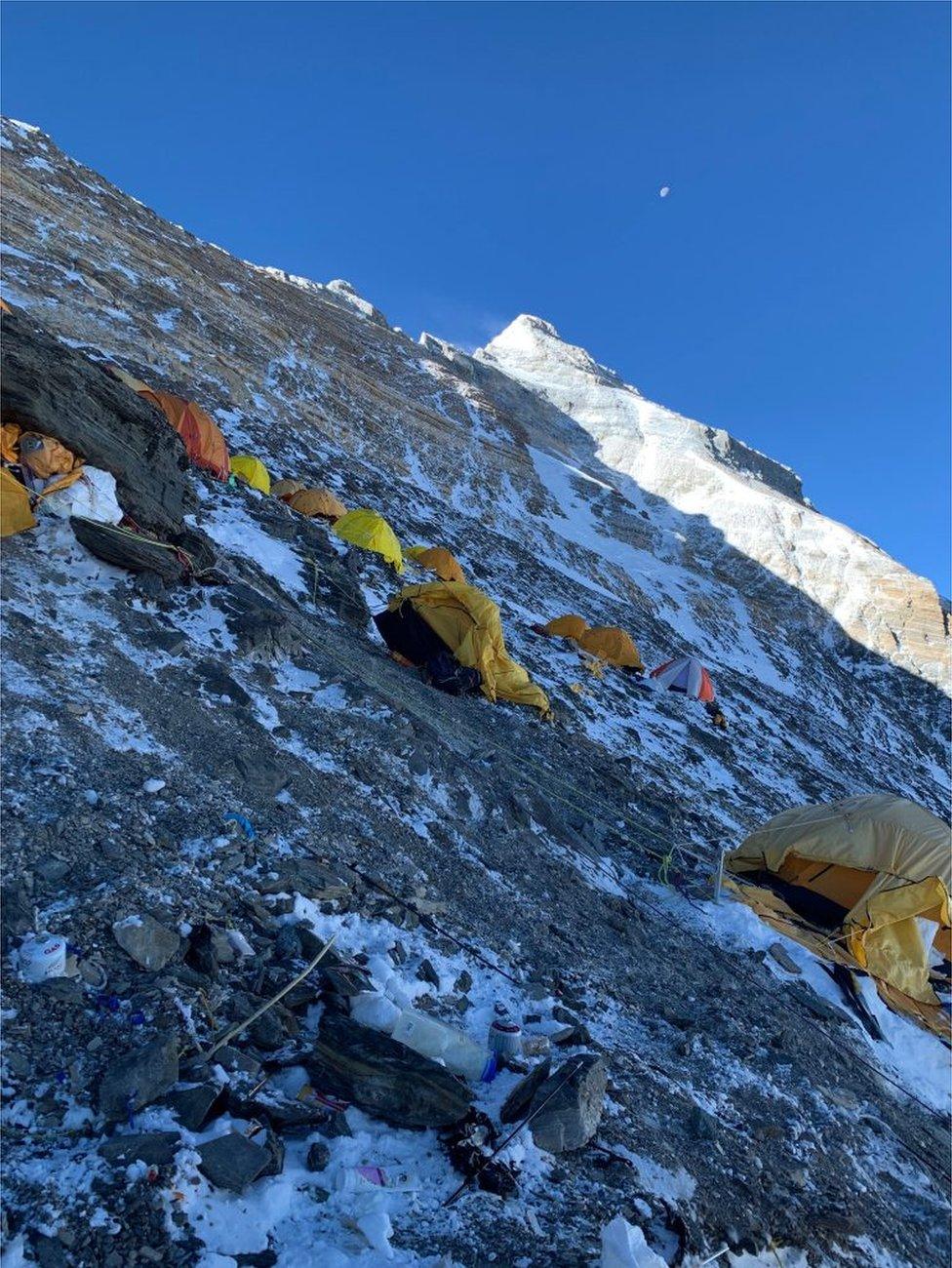
The steep top camp on Everest

Di first reached the summit of Everest in 2005, which she says was an amazing experience.
But she always maintained "they could never pay me enough money" to go back.
She now says she thrives on the challenge of leading a big commercial expedition, and for her the return to Everest was about the journey rather than the summit.
"When you do summit you have been on the go for days in very hard conditions, you haven't eaten, you haven't drank and you have survived in the death zone for quite a few days," she says.
"On summit day you've been going for maybe nine hours and you get to the top and all you want to do is get back down."
Di says it is only when you come back down to the lower elevations and consider what you have done that it really sinks in.
"Certainly on summit day, you are not thinking about anything bar getting off that hill," she says.
More than 900 people climbed Everest this year and Di says the average cost of taking part in an expedition is about US$45,000 (£35,900).
She says those prepared to pay the high cost split into two camps.
There are "kindred spirits", she says, genuine climbers who have dreamt about Everest all their lives and there are "the selfie stick people", who basically want to get a summit photograph.
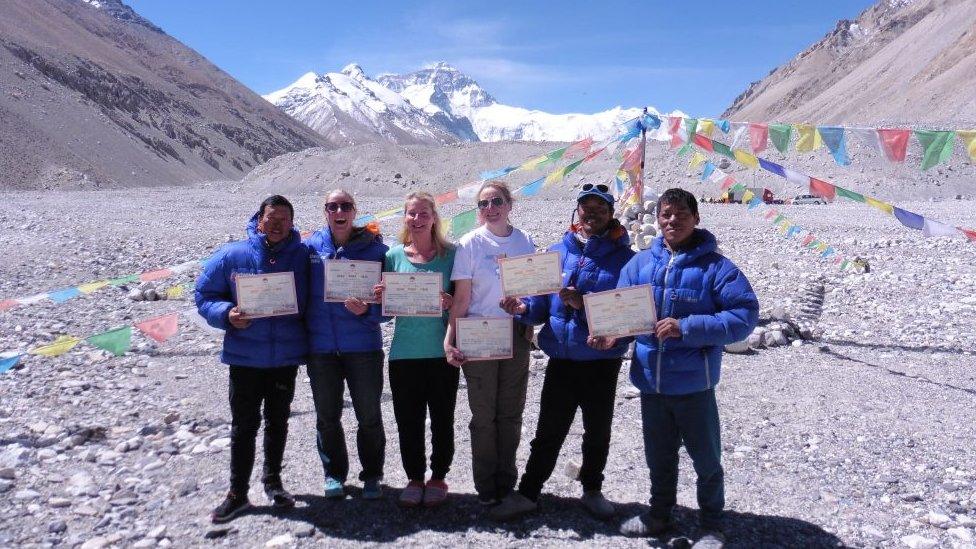
Di's summit team for the Everest expedition
Di is a hugely experienced expedition leader who has climbed the highest mountains on every continent and completed all of Scotland's 282 Munros.
She says her heart lies in places like Ben Nevis and the Cairngorms and she jokes: "I often say the Himalayas are good training for the Scottish hills.
"Everest is not the most difficult climb. There are certainly more technical climbs on the north face of Ben Nevis, for example, but in terms of altitude it is the big cream.
"Because it is so high there is nothing else on planet earth that can simulate that elevation. That's why it is such a unique mountain."
- Published24 May 2019
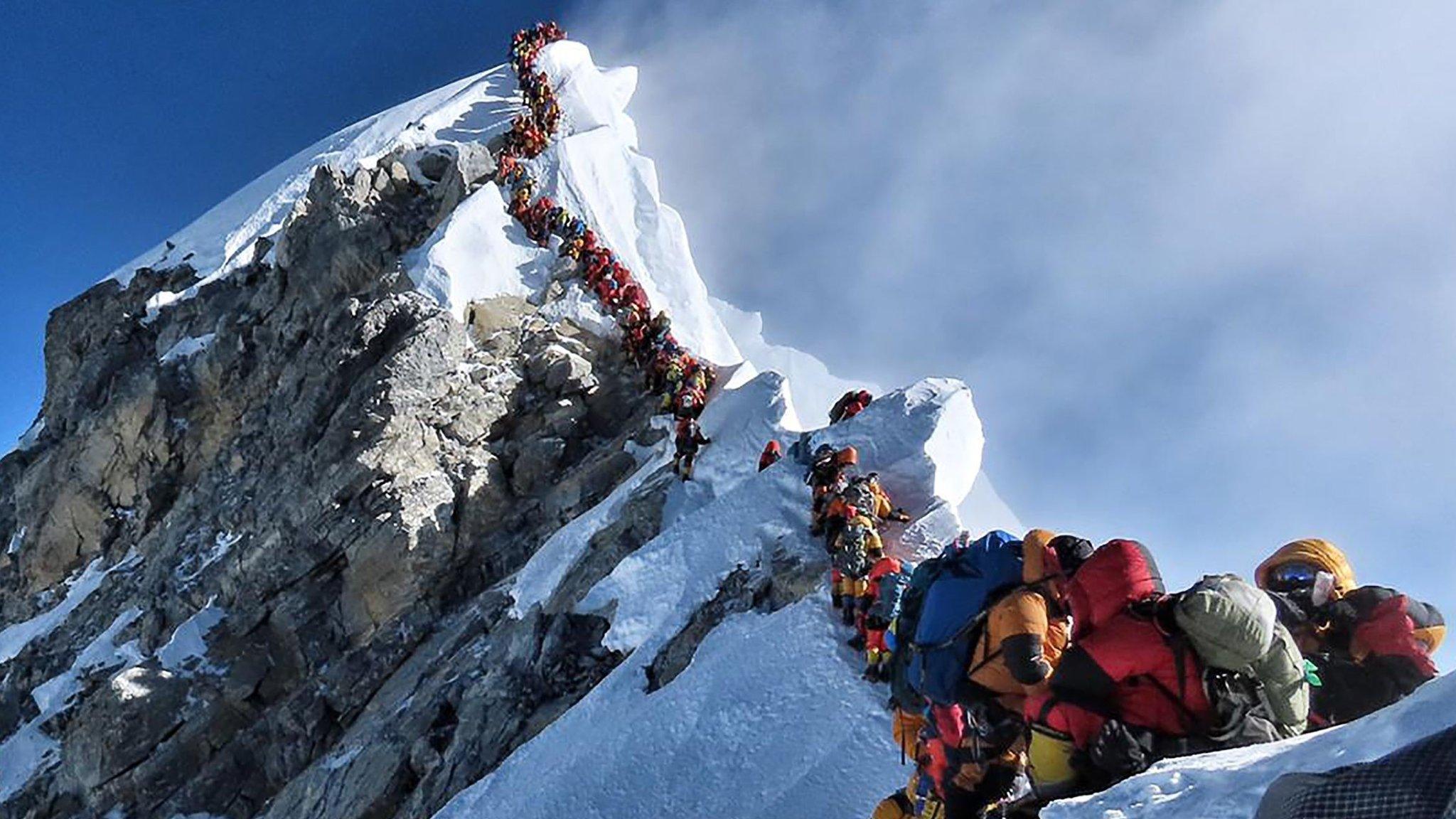
- Published25 May 2019
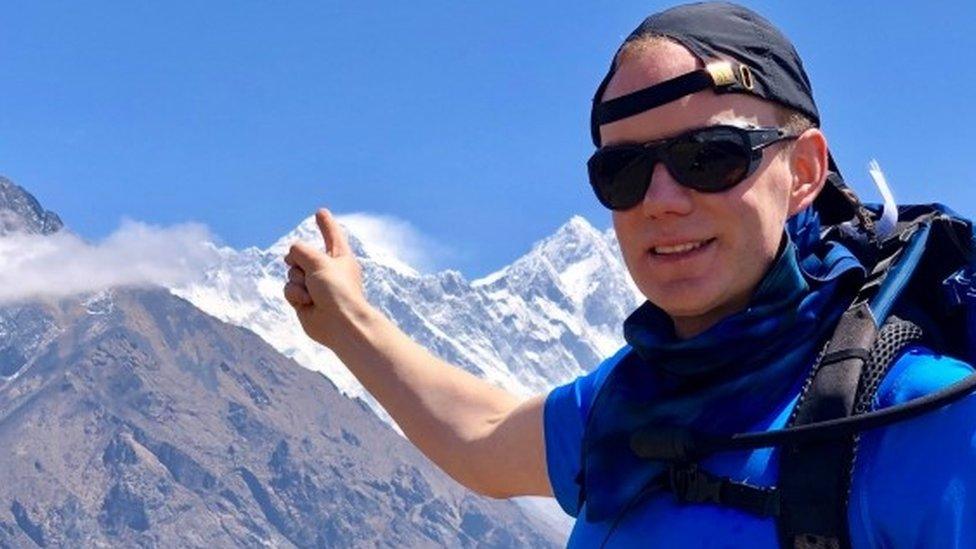
- Published9 March 2019
